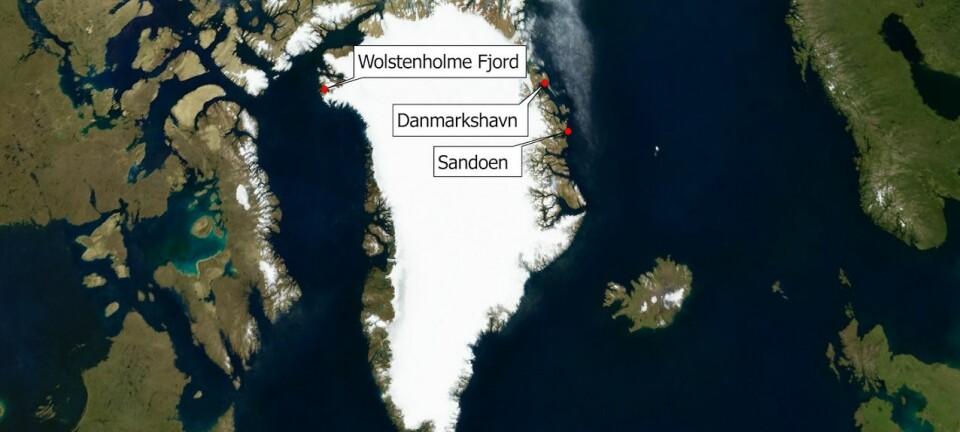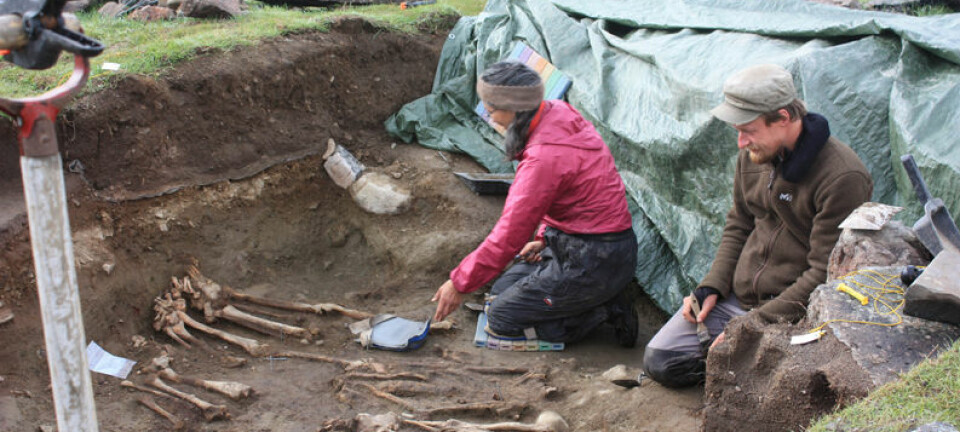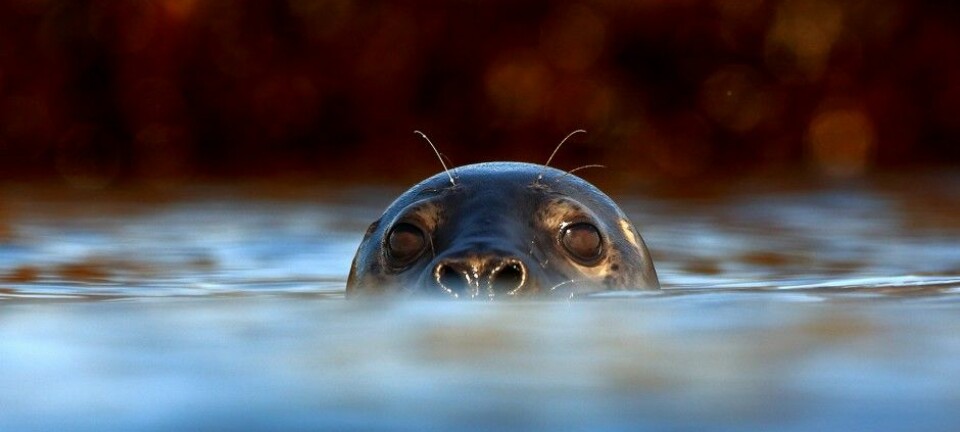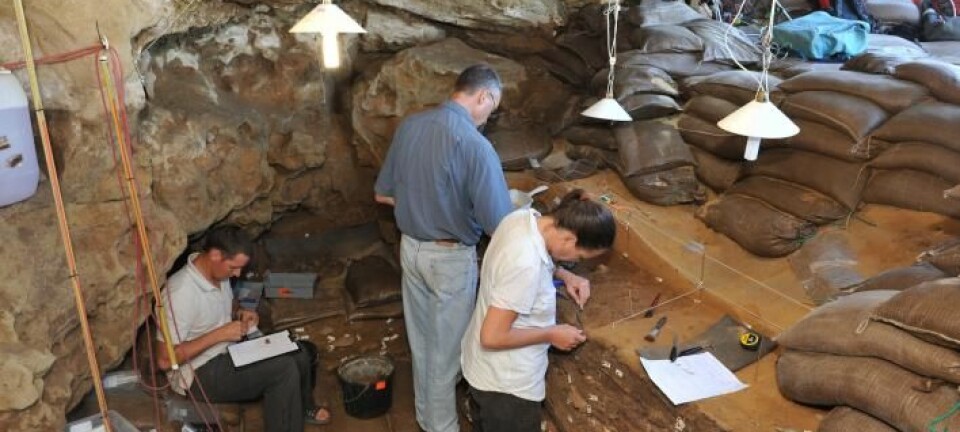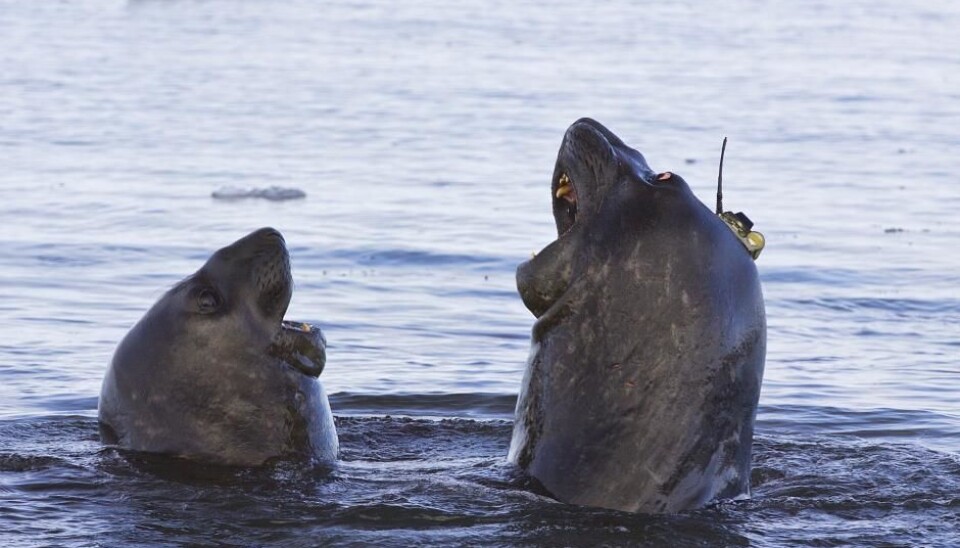
Elephant seals help scientists study climate change
Data collected by elephant seals reveal key chemical changes in the sea around Antarctica that drive ocean circulation and climate.
Scientists have enlisted the help of elephant seals to gather data from the seas around Antarctica.
The seals carry equipment to measure temperature, pressure, and salt content and the data that they have collected so far indicate that melting ice in Antarctica is reducing the formation of dense-salty water at the bottom of the ocean--so-called bottom water formation--that drives ocean circulation.
As Antarctic ice melts due to climate change, it dilutes the otherwise salty sea water, making it less salty.
When this happens, surface water becomes less dense, and this has the potential to interrupt global ocean circulation, which distributes cold and warm water around the Earth.
“The changes in formation of dense [bottom] water can change how water is transported around the globe. When the sea absorbs and transports heat around the Earth, it can influence our climate. But we still don’t know how,” says says co-author postdoc Laura Herraiz Borreguero, from the Niels Bohr Institute, University of Copenhagen, Denmark.
The study is published in the scientific journal Nature Communications.
Read More: Scientists discover the cause behind prehistoric climate change
Colleagues are excited
Climatologist Marit-Solveig Seidenkrantz, a professor at the Department of Geoscience at Aarhus University, was not involved in the new research, but she is excited by the results.
It is an interesting piece of work that gives insights into the processes of bottom water formation in the Antarctic, she says.
The Antarctic is one of the few places on Earth where bottom water forms, but according to Seidenkrantz there are not many measurements of it.
“Bottom water formation is one of the absolute driving forces in ocean circulation, and ocean circulation is one of the most important processes that controls climate. Moreover, ocean circulation is important for fisheries,” says Seidenkrantz.
Jason Box from the Geological Survey of Denmark and Greenland (GEUS) also finds the results interesting.
“The study is important, because it puts the formation of saline bottom water in context with the elephant in the room: ice mass loss from Antarctica. While the formation of salty bottom water is critical for driving circulation of water in the oceans, there is also the threat of increasing amounts of freshwater from increasing ice loss in Antarctica,” says Box.
Read More: Human-induced global warming began 180 years ago
We are altering a finely balanced process that we know little about
At the Danish Meteorological Institute, oceanographer Dr. Steffen Olsen is equally impressed with the unique dataset.
“It’s an exciting oceanographic study that uses unique data to creates the first complete picture of the chain of processes that contribute to the formation of bottom water in Antarctica,” says Olsen.
But he has a warning.
The results, he says, clarify once again how a warmer climate and warmer ocean currents are pushing finely balanced processes such as this to the limits. Processes, he says, that we are only just beginning to understand.
Read More: Melting Greenland ice has not slowed down ocean circulation
Elephant Seals: The citizen scientists of the animal kingdom
Elephant seals are the perfect “citizen” scientist if you want to study the cold and often inaccessible waters around Antarctica.
The seals were equipped with GPS and sensors to measure temperature, density, and salt content, which allowed scientists to construct a map of the different water masses in Prydz Bay in east Antarctica.
“Unlike us, elephant seals can go everywhere in Prydz Bay and collect all the data that we need for the study,” says Borreguero.
Read More: Now anyone can be an Arctic Scientist
Bottom water: a crucial cog in the climate system
Bottom water forms as sea water freezes during the winter. Salt remains in the unfrozen water, making these surface waters increasingly saline and dense.
Salty, dense water eventually sinks to the sea bed, forming one branch of the conveyor belt of ocean circulation. This conveyor belt encircles the whole planet, flows north into the North Atlantic, and helps transport heat, moisture, and winds around the Earth.
A slow down or even a complete shutdown of one branch of the global ocean conveyor belt would have dramatic consequences on climate throughout the world. For example, it could halt the transport of relatively warm water and air from the equator to North West Europe.
Read More: Greenland melt linked to weird weather in Europe and USA
-------------
Read the Danish version of this article on Videnskab.dk
Translated by: Catherine Jex
